How to give your garden containers some winter sparkle
Give your garden some extra sparkle this winter with these shrubs, stems and evergreen plants that are perfect for your winter garden containers.
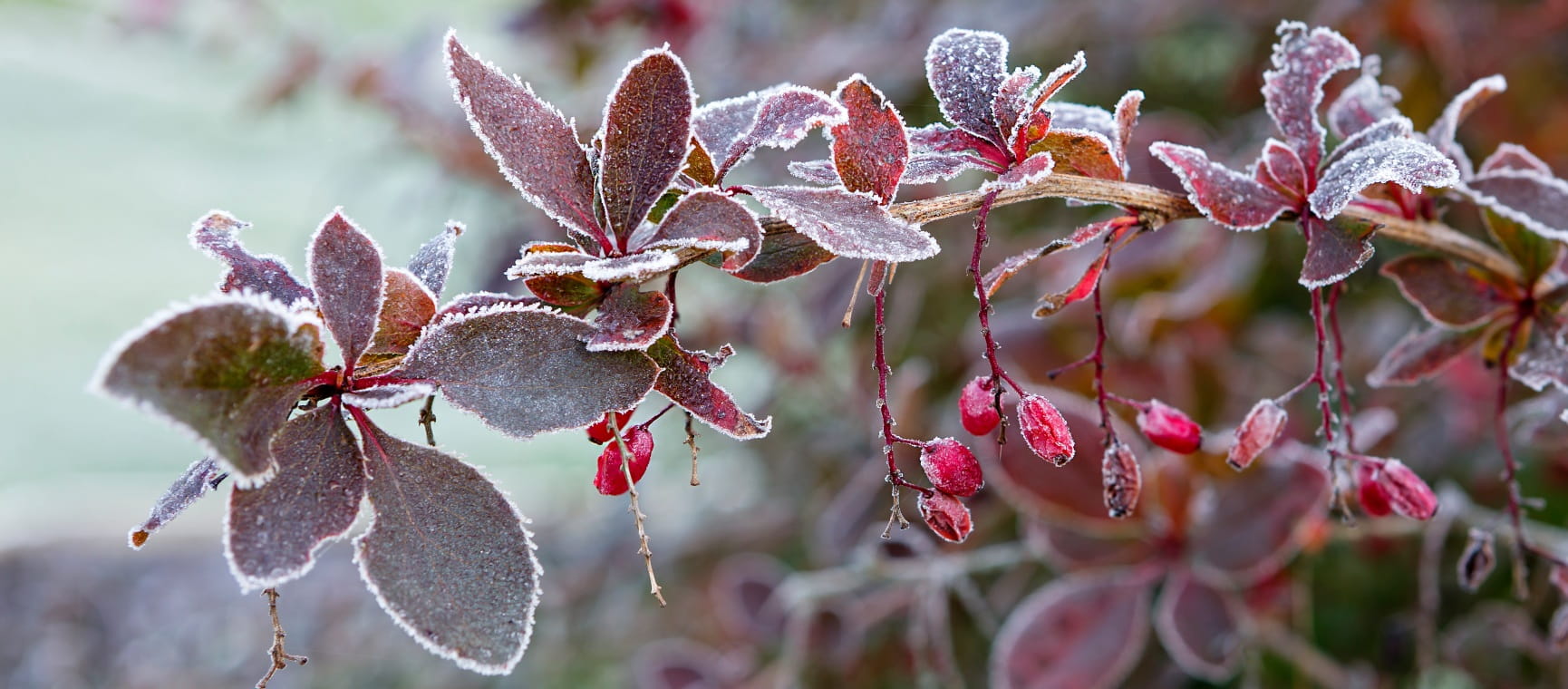
Give your garden some extra sparkle this winter with these shrubs, stems and evergreen plants that are perfect for your winter garden containers.

Creating a winter garden that sparkles can be easy with these top tips from a garden expert – from choosing pots that will outlast the winter frosts to recommendations for plants that will add some uplifting foliage to your winter pots.
A well-placed container close to a doorway, window or path really makes an impact, especially once winter begins to pare the garden back to basics. You must use a robust, frost-hardy container. Soil-based John Innes no 3 compost (B&Q, £8) is also a must. It doesn’t dry out and it’s heavy enough to act as ballast in winter gales.
Opt for one substantial container rather than lots of smaller ones. Try to match the style and colour to your house. Once the pot is chosen, limit the plant height to two-thirds of the height of the pot – although shallow containers will need lower planting.
Look for the ‘Miss Worlds’ of the nursery bench and ignore any with battered leaves or shabby branches. Gather together the best you can find in one trolley – choosing more foliage plants than flowering plants as sumptuous leaves are much more important in winter than flowers.
When you’ve assessed what’s available, decide on your foliage theme. Golden plants light up shade and go very well with blues. Rich greens vibrate in winter light and they look best with reds and cool whites.

Identify a key or star plant. It could be a handsome grass or a stunning holly that’s taken your eye. Place this in the trolley and then vary the textures by choosing a mixture of strappy leaves, larger bold leaves, divided ferny foliage and tiny-leaved plants still adhering to the foliage theme.
Leave a space to enable you to add a succession of miniature bulbs, single heathers and cyclamen. Always buy more plants than you think you’ll need. Any leftovers can be added to the borders.
Position the pot before you plant as once the soil and plants are added the weight may be too great to move it afterwards. If the drainage hole is small stand the pot on three pot feet to aid drainage.
Start off by placing your key plant on the ground and arrange your chosen plants around it roughly in the shape of the container. Look at each plant individually and make sure that the plant is showing its best side (most plants have a ‘back’ and a ‘front’).

Fill the container about two thirds full. Remove the key plant from its pot by pressing firmly on the pot base and gently upending it. Check the root ball: if the roots are potbound, gently tease them out and straighten them.
Position the key plant in the soil in a central position (it doesn’t have to be completely in the middle), with the top of the root ball 1/2in (1cm) below the rim of the pot. Arrange the other plants quickly – to avoid damaging foliage and then carefully back fill with compost and then water.
Most containers with hardy plants will last for two to three years and then the plants can be added to the garden.



Val Bourne is a gardening expert and journalist who writes for The Daily Telegraph, Saga Magazine and many others. Val has been awarded the Garden Media Journalist of the Year and Columnist of the Year.
She is also the author of many books, including The Living Jigsaw, The Ten-Minute Gardener. Val also judges the perennial and dahlia trials at RHS Wisley.
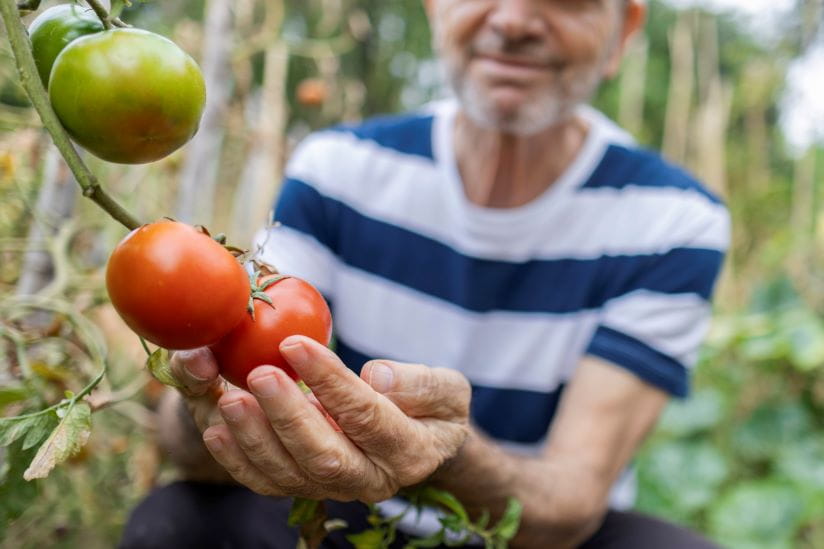
Rekha Mistry shares her top vegetables to grow in your garden all year round.
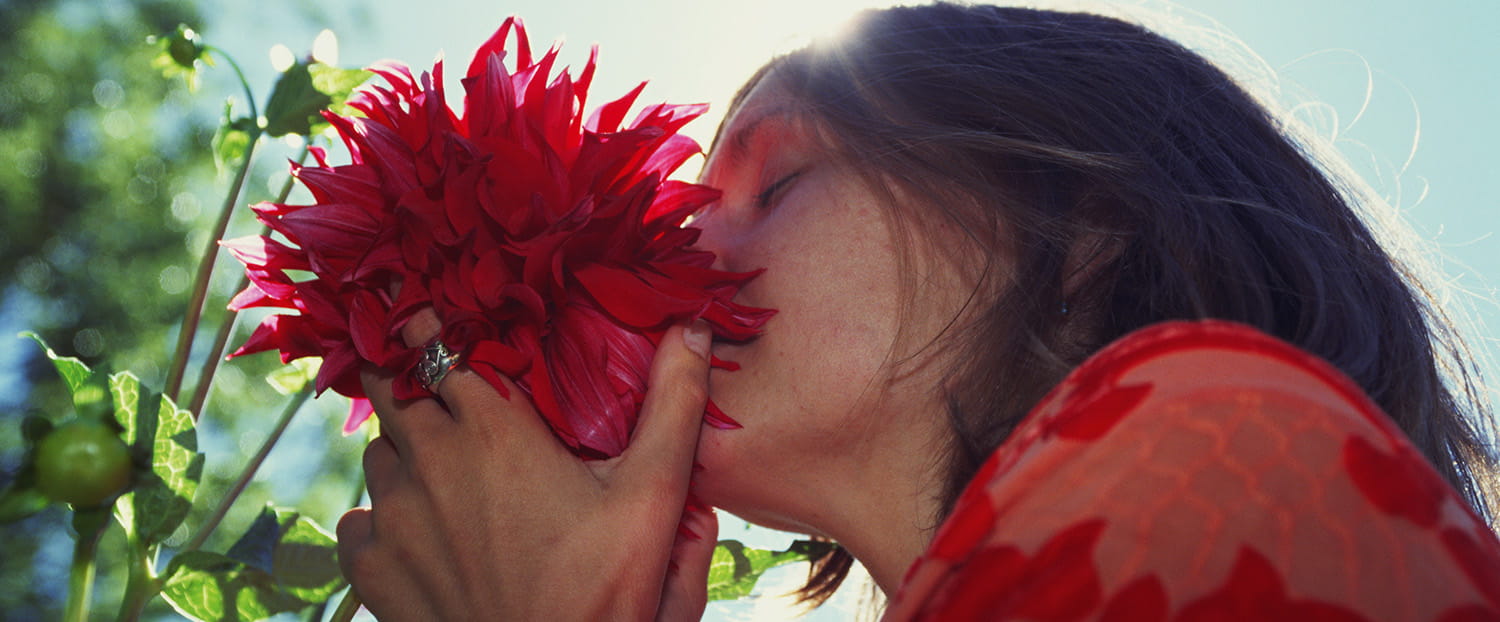
We explain the science and have 7 of the best scented plants for your garden.
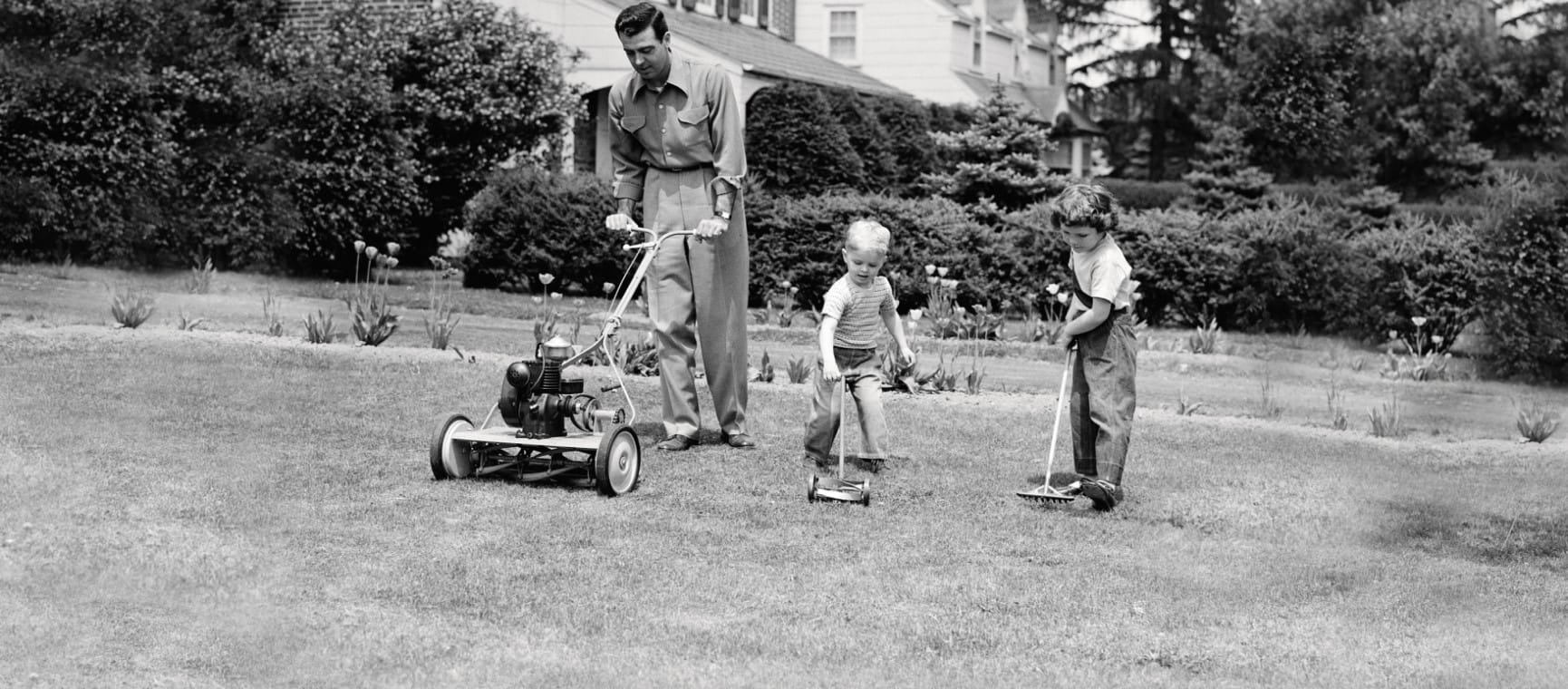
From robot mowers to electric pruning shears, spruce up your outside space with four of the best garden gadgets
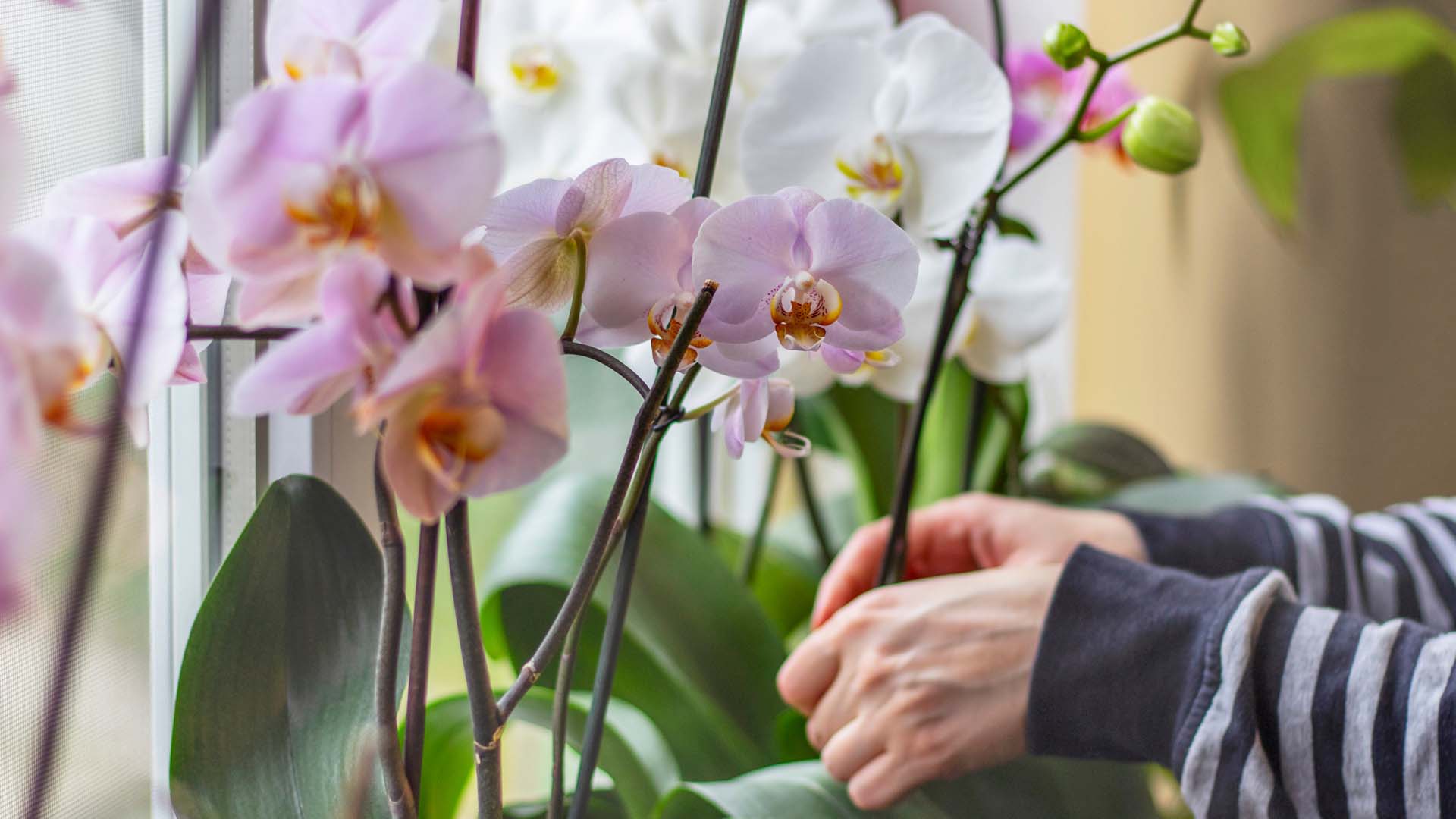
Our expert pruning and watering hacks include a top tip to keep them flowering from Alan Titchmarsh.
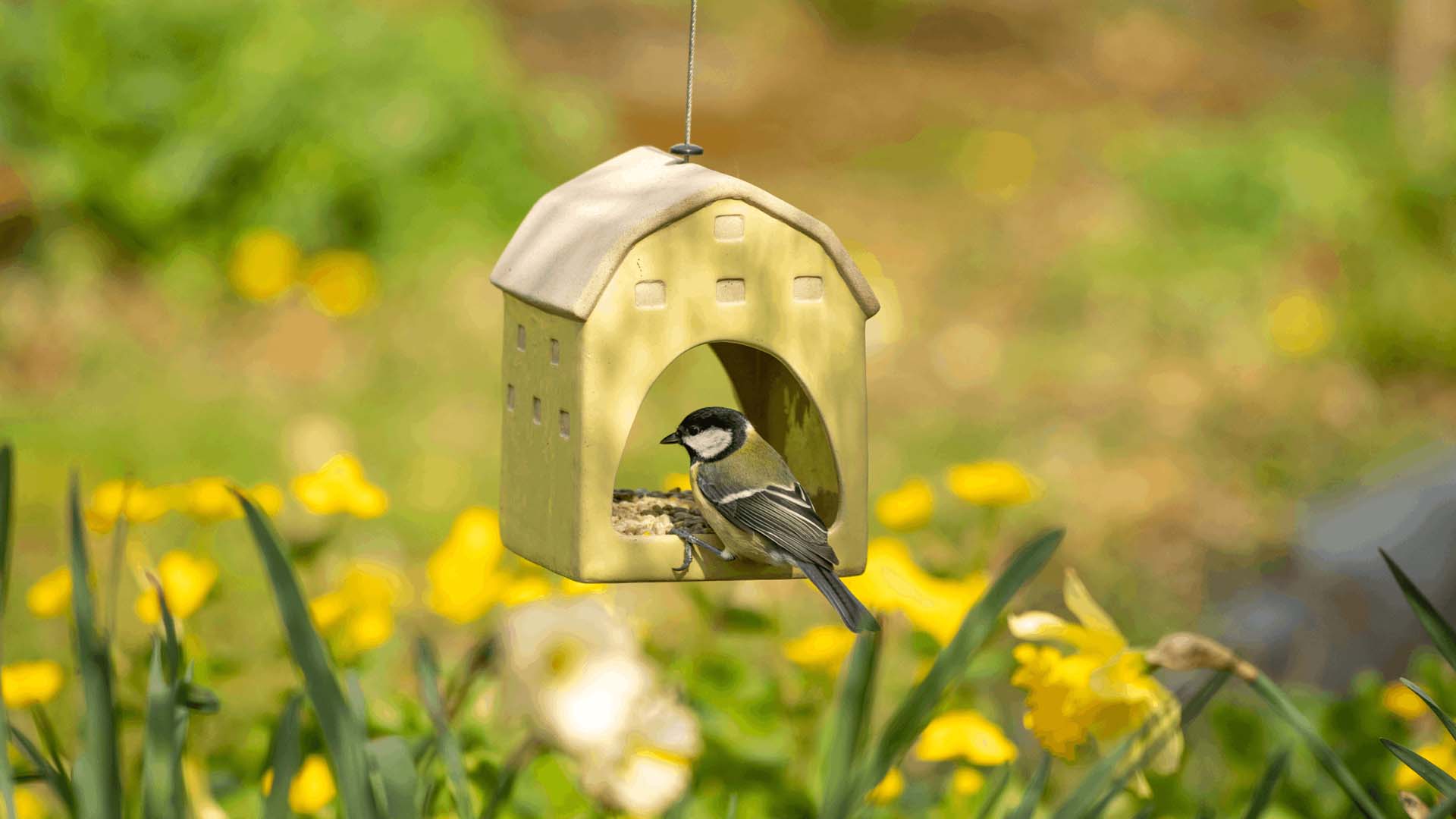
Don’t make these bird-feeding mistakes. Expert advice on how to feed birds in your garden safely.
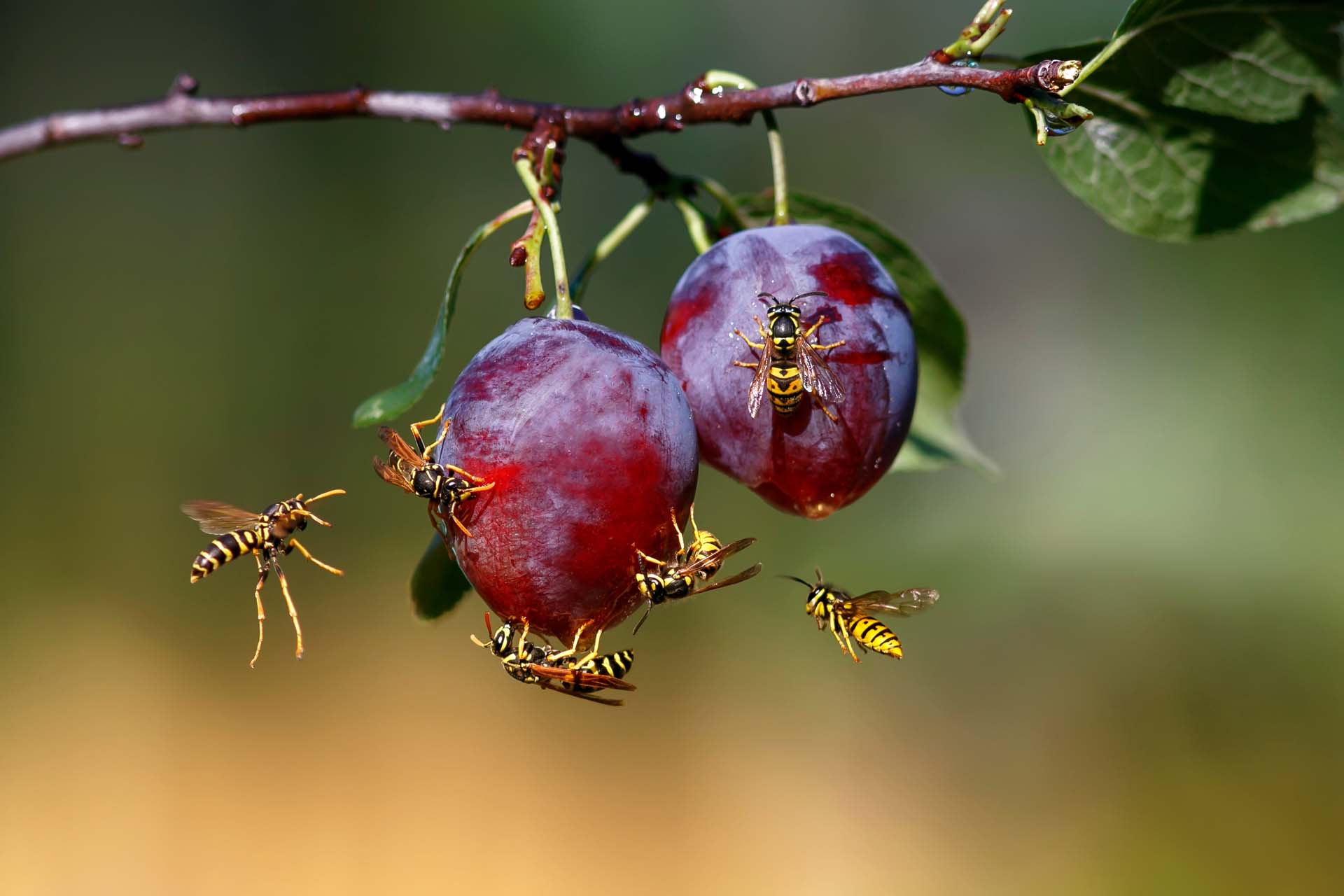
Blighted by buzzing? How to keep wasps out of your garden without harming them so you can enjoy the summer.
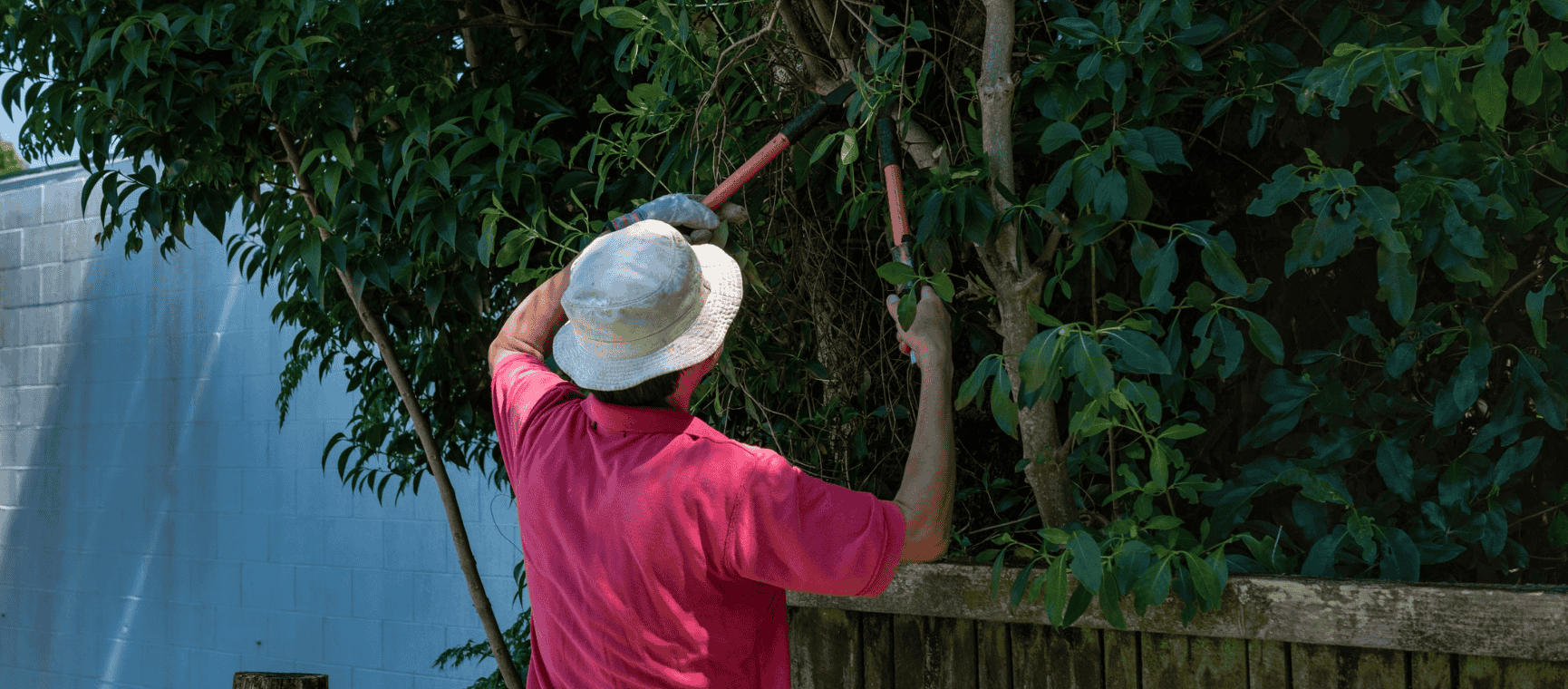
The ways you could be breaking the law in your back garden - with expert advice on how to avoid neighbour disputes, a fine or even a prosecution.
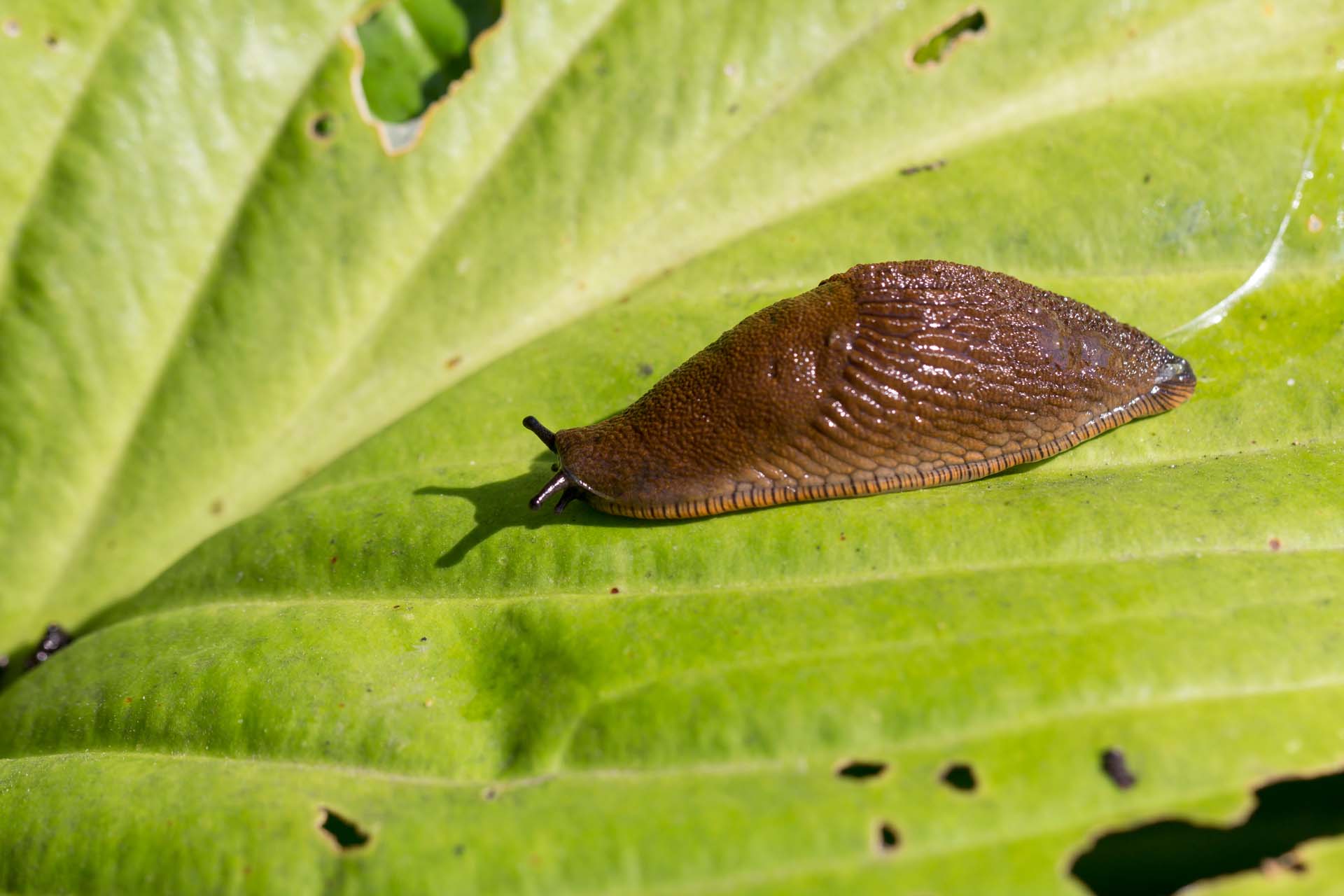
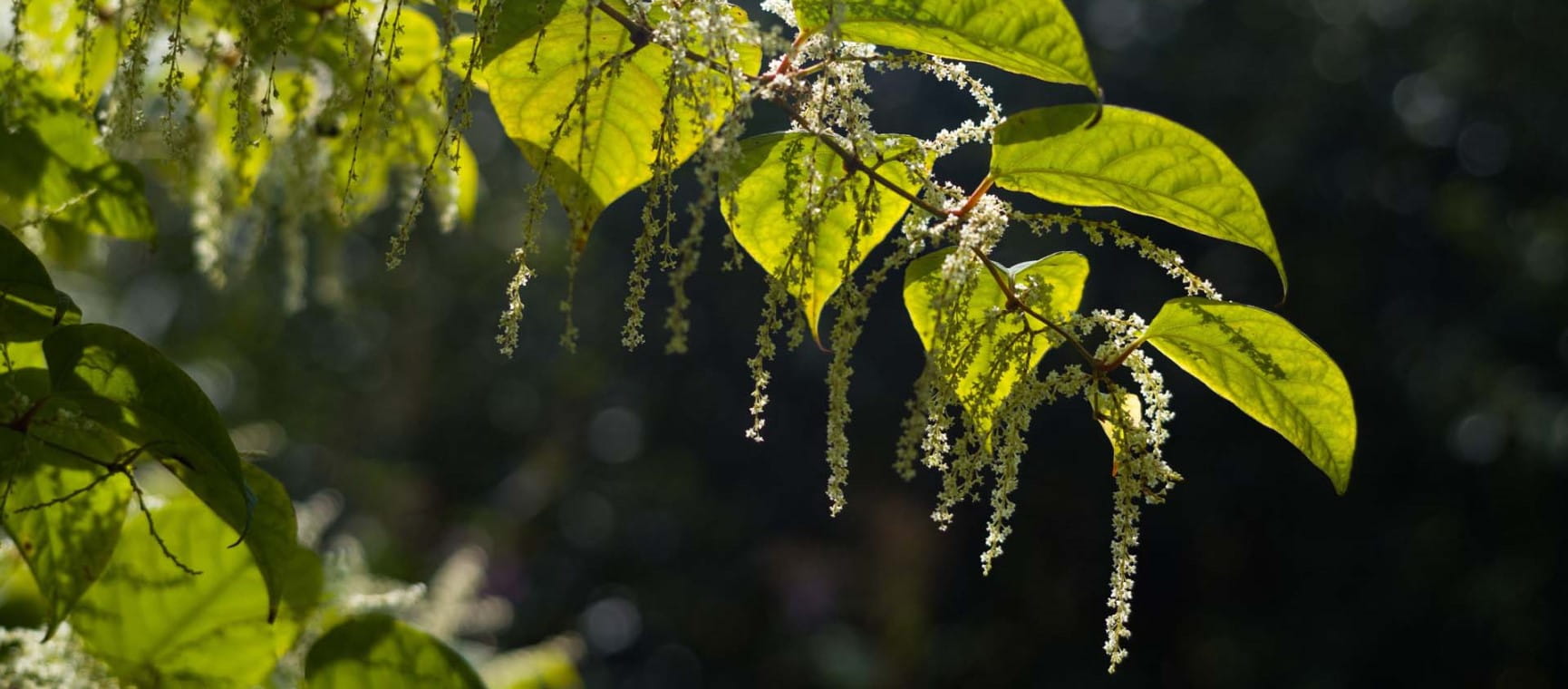
Everything you need to know about Japanese knotweed, the fast-growing plant nobody wants in their garden.